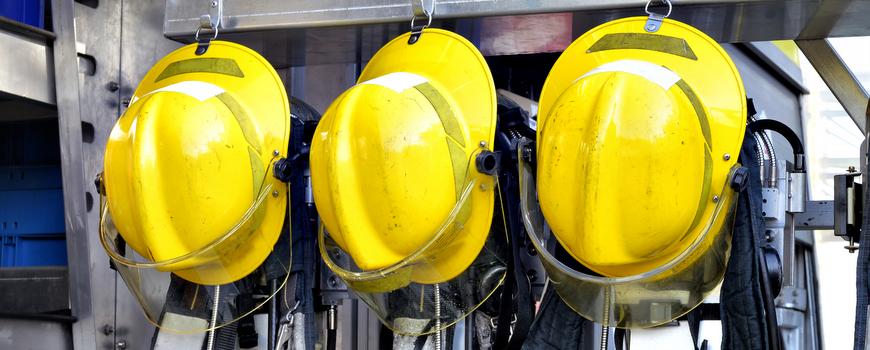
In 2005, a release of gasoline at the Buncefield oil storage depot in Hemel Hempstead, Hertfordshire, UK resulted in a number of vapour cloud explosions (VCE). This caused significant damage to the surrounding area and the resultant fires burned for several days.
Initial release
One of the storage tanks was overfilled during a standard product transfer to the site. Some of the fuel flowed off the roof of the tank and was channelled onto the tank wall while the rest flowed over the top of the deflector plates and is understood to have dispersed into droplets. Most of the fuel flowing down the tank wall hit a wind girder, creating a second cascade of droplets. This promoted the rapid formation of a rich fuel/air mixture.
Explosions
There were several explosions, and several potential ignition sources were identified, both on and off site. The explosions generated much higher overpressures than would have been predicted based on existing understanding of this type of scenario. The investigation into the mechanism behind this is ongoing.
Emergency response
It is estimated that over 700,000 litres of foam concentrate and 68 million litres of water were used in the fire-fighting response. In 2007, the Buncefield Major Incident Investigation Board (MIIB) made various recommendations to reduce the risk of this scenario occurring at other installations, including:
- Assessing safety integrity levels.
- Protecting against loss of primary containment.
- Engineering to protect against escalation following loss of containment
- Engineering against loss of secondary and tertiary containment.
Follow-up investigations
In December 2008, the authorities commenced proceedings to prosecute five companies involved for their failure to prevent this accident from occurring at the site.
The MIIB also issued its final report into the incident at this time. This document consolidates the work from all the previous reports and includes a high-level risk assessment, comparing the costs of implementing the additional protective measures recommended by the MIIB with the benefits of reducing the probability of a similar scenario occurring again in the future.
Although this is the final report, it does not conclude the investigation into the incident. The MIIB has set up the first phase of a technical programme to promote further research into the explosion. It was anticipated in December 2008 that phase 1 of this investigation would be completed in the first quarter of 2009, though it has not been published to date.
Additional information
At Byrne Ó Cléirigh, we have significant experience in working with the operators of oil storage installations to assess the risk of this scenario occurring at their sites and to ensure that all necessary measures are in place to minimise risk. We have modified our consequence modelling procedure in light of the Buncefield reports and have conducted analyses for several clients in the petroleum storage industry. We continue to monitor the investigation for any new developments and to ensure that our risk assessment and consequence modelling procedures are up-to-date.
This article is taken from the presentation Fire Safety in Oil Storage Installations, presented by Thomas Leonard of Byrne Ó Cléirigh to the Institution of Engineers of Ireland.
